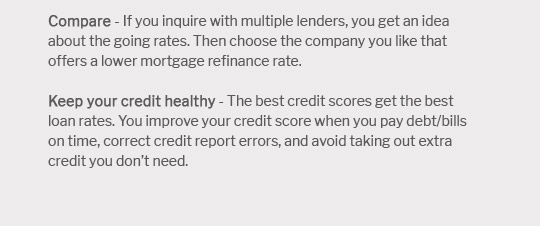 |
|||
 |
 |
 |
||
|---|---|---|
 |
||
 |
||
 |
||
 |
||
 |
 |
 |
 |
Understanding Home Loans with a 20 Percent Down Payment: Key Insights and Common MistakesBuying a home is a significant financial decision, and understanding the intricacies of home loans is crucial. One common approach is opting for a 20 percent down payment. This article delves into the benefits, common pitfalls, and expert advice on maximizing this option. Benefits of a 20 Percent Down PaymentPutting down 20 percent when buying a home offers several advantages:
Common Mistakes to AvoidOverextending FinanciallyOne mistake is overextending financially by committing to a 20 percent down payment without considering other expenses. Always ensure you have enough funds for closing costs and emergency savings. Ignoring Market RatesIt's essential to stay informed about New York current mortgage rates and other regional trends to avoid committing to a loan at unfavorable rates. How to Plan for a 20 Percent Down PaymentPlanning is key to successfully making a 20 percent down payment:
FAQIs a 20 percent down payment mandatory?No, a 20 percent down payment is not mandatory. However, it helps avoid PMI and can lead to better loan terms. What are the risks of a smaller down payment?A smaller down payment often results in higher monthly payments and the need for PMI, increasing the overall cost of the loan. https://www.experian.com/blogs/ask-experian/pros-and-cons-of-20-percent-down-payment/
Putting down 20% on a home purchase can reduce your monthly payment, eliminate private mortgage insurance and possibly give you a lower interest rate. https://www.synchrony.com/blog/banking/pros-cons-20-percent-down-payment-mortgage
You may qualify for a lower interest rate ... Since you're assuming more of the financial risk, a 20% down payment puts you in a great spot to ... https://www.reddit.com/r/FirstTimeHomeBuyer/comments/14xys3a/why_does_everyone_talk_about_needing_a_20_down/
20% down helps you avoid PMI, or private mortgage insurance. It's basically an additional monthly payment tacked onto your mortgage for signing ...
|
|---|